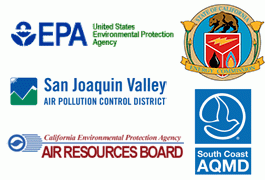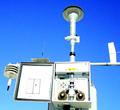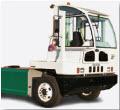Workplan for the Clean Air Technology Initiative
Challenges
Attainment of clean air standards is a major public health challenge, embodied in local attainment plans designed to fulfill State Implementation Plan requirements under the Clean Air Act. For the South Coast and San Joaquin Valley air basins, increasingly stringent federal standards for ozone and PM2.5 pose challenging attainment deadlines.
Significant emission reductions are needed from all sources, including mobile source emissions which make up over 80% of the total emissions inventory in both air basins. Aggressive stakeholder partnership is essential to meeting attainment deadlines. For more information, see the California Air Resources Board's emission inventories.Exit
Approach
Each air district selects emission reduction focus areas, especially sources representing major contributors to the State Implementation Plan inventories and key toxics drivers in the community. The technologies demonstrated can achieve significant reductions for State Implementation Plan purposes, as well as reduce local toxics exposure.
Technologies
Select technologies for demonstration/commercialization that would reduce emissions from identified source categories.
Partners
Identify and secure participation of local community groups, public agencies, and private-sector partners.
Funding
Identify and secure funding and other resources, including targeting of existing grant programs. Agency staff will work collaboratively to maximize the use of existing funding sources (local, state, and federal opportunities) and identify potential new funding sources (e.g., diesel cleanup grants, transportation reauthorization, public-private partnerships).
Projects
Support innovative technology projects that meet joint criteria and priorities, providing the greatest emission-reduction potential.
Emissions
Initiate enhanced local emissions inventory, air quality monitoring, and compliance review.
Showcase
SCAQMD and SJVAPCD staff will work with selected communities to showcase technologies for education and outreach purposes.
Evaluation
Evaluate and document Initiative Workplan implementation. There will be periodic program evaluation to identify and address implementation issues.








